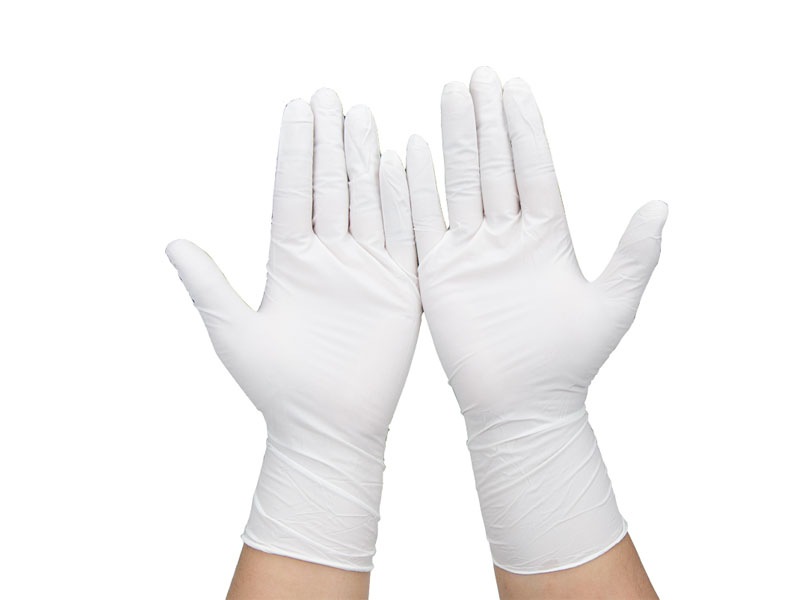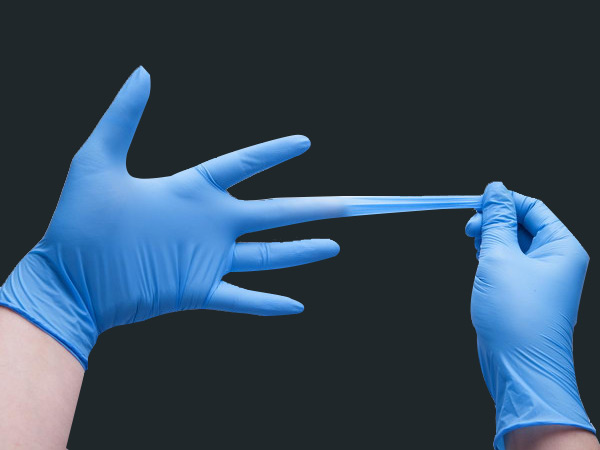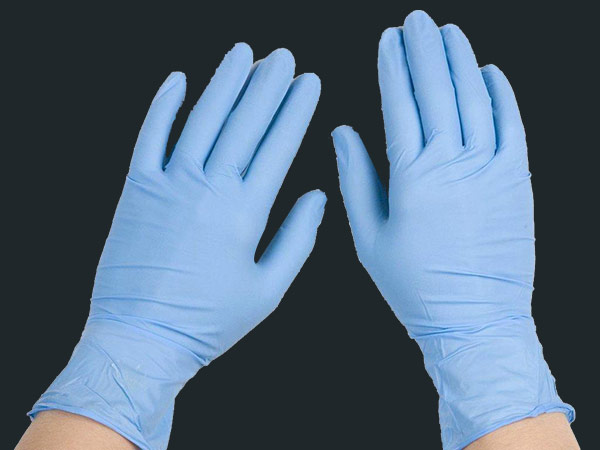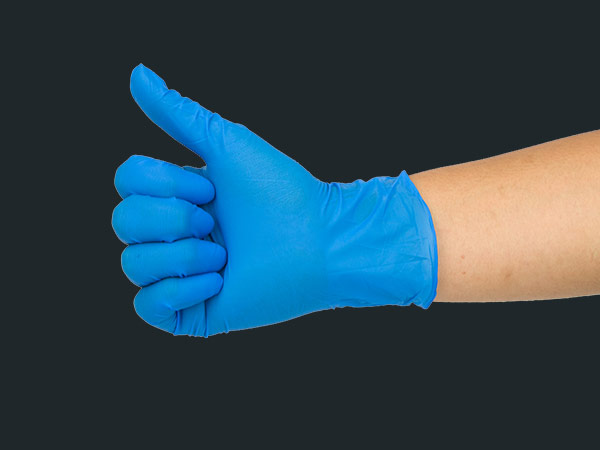Material: Latex gloves are also called rubber gloves. Latex is a natural material and is derived from rubber tree sap. Natural latex is a biosynthetic product. Due to the differences in tree species, geology, climate, and other related conditions, its composition and colloidal structure often appear huge. difference. In fresh latex without any added substances, rubber hydrocarbons only account for 20% -40% of the total, and the rest are a small amount of non-rubber components and water. Non-rubber components include proteins, lipids, sugars, and organic components. Some of them form a composite structure with rubber particles, and some of them dissolve in whey or form non-rubber particles. Nitrile gloves are a popular form of nitrile gloves. Called, butyronitrile is a rubber, a key raw material for organic synthesis and pharmaceutical intermediates. It is mainly synthesized from acrylonitrile and butadiene. Nitrile: A class of organic compounds that has a special odor and decomposes when exposed to acid or alkali.
Traits: Latex gloves: Compared with Ding Qing gloves, the toughness and abrasion resistance are slightly inferior, but the elasticity is better, the abrasion resistance, acid and alkali resistance, and oil resistance are slightly worse than those of Ding Qing, and the acid and alkali resistance are slightly better than those of Ding Qing. However, it is not suitable for allergic skin and long-term wear. Ding Qing gloves: relatively hard material, poor elasticity, good abrasion resistance, acid and alkali resistance (some Ding Qing gloves can not prevent acetone, strong alcohol), antistatic, and will not cause allergic skin, suitable for Those who are allergic to physical constitution and wear for a long time.






